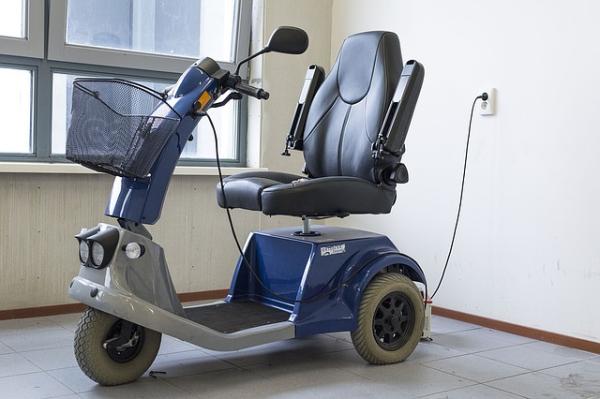Two recent studies form the dots of a worthwhile story. First, a report of independence and mobility after hip fractures; second, a study on exercise to prevent falls. Let us take, as a truism, that the easiest went to avoid a hip fracture is to avoid falling. This is not entirely true, there are some less frequent causes of fracture, but let’s not concern ourselves with them, at least today.
Orthopedists looked at the functional result of their handiwork after operating for “low impact” hip fractures, the “fragility fractures” of the ambulatory. The literature suggests that
“only 40% of recovering hip fracture patients are able to achieve their pre-fracture ambulatory level, and that only 20% reach their pre-fracture level in advanced mobility activities.”
Ambulation, the ability to get from room to room is a necessary, but not sufficient requirement for advanced mobility activities, a medical way of saying, preparing meals, shopping, cleaning – living your life.
The looked at secondary outcomes from a trial comparing two different means of hip fracture fixation in fully ambulatory and mobile patients, excluding those with significant secondary medical issues – so in a sense, the fittest, least fragile of the patients. I was most interested in the age breakdown of outcomes, but the numbers of the primary study were such that the age groups were 50 to 80 and over 80. As you would expect fragility and age went hand in hand, as did the outcomes.
- 95% of the younger group, but only 75% of the older age group were independent one year later.
- For the 50 to 80 year old, there was a cost, 33% required a walking aid most often a walker, less frequently a wheelchair.
- The majority of the over 80 group remained “independent” but not mobile. 70% required a walking aid to roam their homes in a “free-range” kind of way, but needed help with meals, shopping, and cleaning.
Breaking your hip significantly impacts your ability to navigate this world without assistance. As with many medical problems, it is a condition better avoided. To avoid falling, it is best to remain active and exercise.
The second study looked at Tai Ji Quan, Tai Chi, a martial art that teaches defense through balance and working with rather than against forces. The study looked at rates of falls for three groups, one using Tai Chi, stressing balance and weight shifting; the second using multimodal exercise involving strength, balance and flexibility exercises; and a third group using stretches and relaxation activities. Each participant engaged in twice-weekly sessions over six months and was followed for an additional six months: median age 77, two-thirds women. About 13% did not complete the exercise portion of the study, while two-thirds continued with exercise after the study – so we are talking about a motivated group. More importantly, these were at-risk patients, with 70% or more having fallen at least once in the previous six months.
- Both the Tai Chi and multi-modality groups had less falls, minor or major, compared to the group simply doing stretches and relaxation. That said, there was no difference in falls between the two active groups.
- There were fewer visits to the Emergency Department and hospital admissions for the two active groups again compared to stretching, and still no difference between the two activities.
The researchers felt that Tai Chi was best, although the study was not large enough to make that a statistically valid conclusion. They went on to point out, that there are no really specific programs designed for fall prevention and that Tai Chi seems to check off all the appropriate boxes - balance, lower extremity strength, and gait.
A precision medical prescription will await another study on another day. But we should not let precision interfere with action. The two studies are very clear, breaking your hip has a lot of undesirable consequences, and one excellent way to reduce your risk is to reduce your risk of falling by exercising. When it comes to the mobility of living your life, use it or lose it.
Source: Loss of Independence After Operative Management of Femoral Neck Fractures Journal of Orthopedic Trauma DOI: 10.1097/BOT.0000000000001444
Effectiveness of Tai Ji Quan vs. Multimodel and Stretching Exercise Intervention for Reducing Injurious Falls in Older Adults at High Risk of Falling JAMA Network Open DOI: 10.1001/jamanetworkopen.2018.8280




